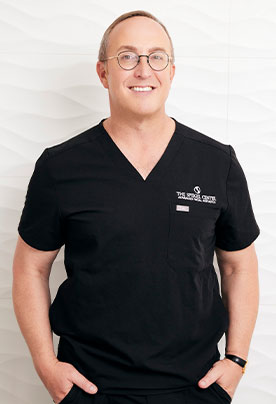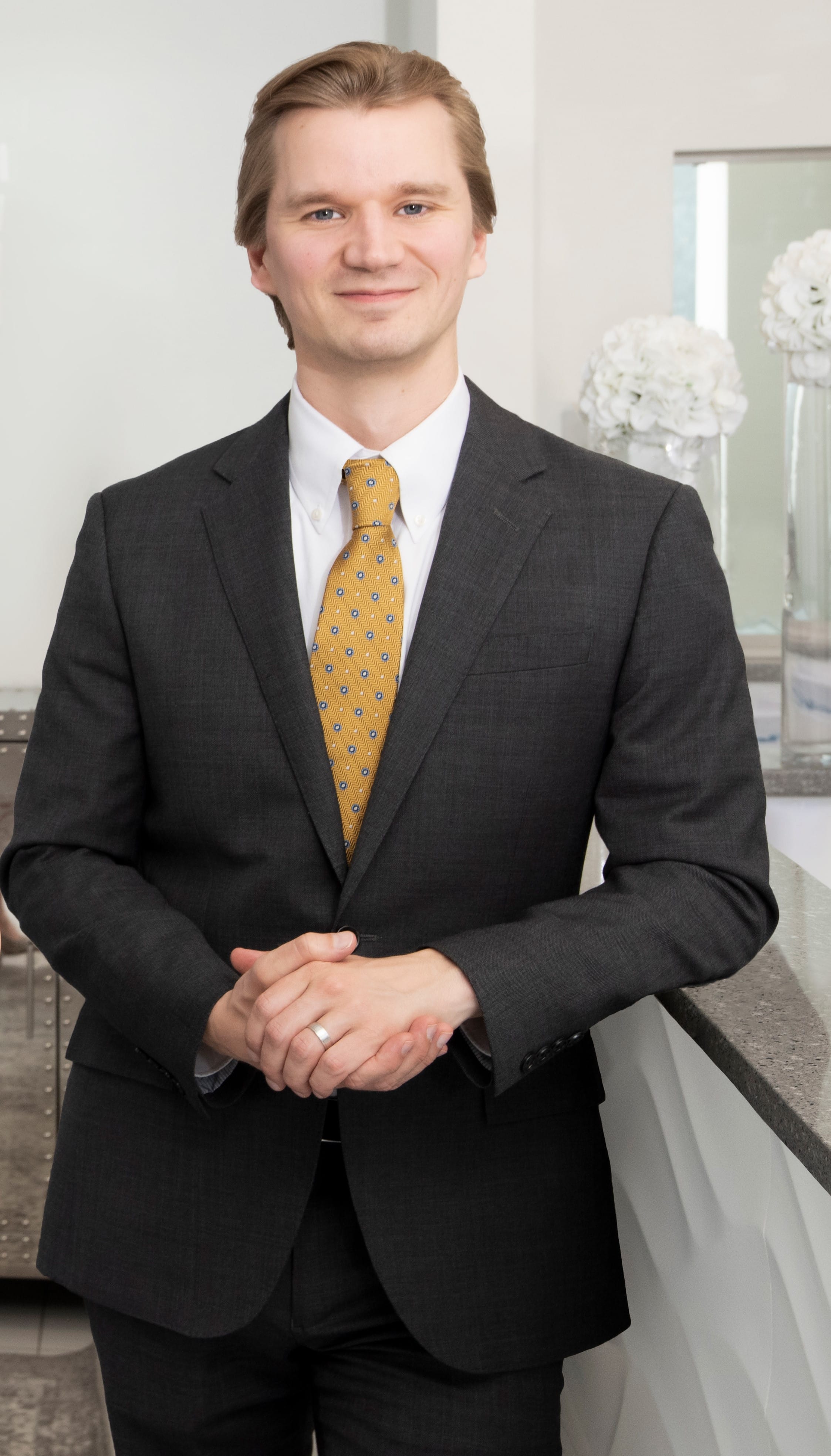
If you have been looking for ways to lift loose skin on your face or neck you may have come across thread lifts in your research. A thread lift is a non-surgical procedure that utilizes barbed PDO (polydioxanone) suture to reposition sagging soft tissues. The procedures are usually marketed as instant, minimally-invasive, and long-lasting solutions to facial aging with minimal downtime. The barbed sutures are made of an absorbable material that is passed through the skin with a needle and then dissolves after 4-6 months. This may sound appealing to someone looking for a quick and painless alternative to a facelift, neck lift, or brow lift, but as always, the devil is in the details.
I’m writing this blog because I have encountered a number of patients recently who have had disappointing thread lift results, and they subsequently turn to surgery. Interestingly, many of these patients have had threads placed in an attempt to lift their eyebrows. (Have you heard of a ‘fox eye lift’?) Why were their thread lifts failing? In some cases, the patient expressed that the lift didn’t work at all—it was apparent immediately that the results fell short of what they expected. In some cases, the lift worked initially but the soft tissues then relaxed back to their usual state after some period of weeks or months. In every case, the patient wound up back where they started as expected, but with the frustration of spending resources on a temporary result. The fundamental issue is that most forms of lifting (face, brow, neck, etc) require skin removal to achieve a permanent result—surgery—but thread lifts don’t do that.
When threads are placed, where does the loose skin go? The laxity is redistributed to an area of the face where it’s less visually noticeable. This is akin to pinning a wedding dress or suit in preparation for alterations. When the fabric is pinned (or skin is lifted with PDO threads), the extra material is taken in to fit the shape of the wearer and temporarily bunched up somewhere out of sight. But once those temporary pins are removed (or the threads dissolve), you are right back where you started. If you ever plan to wear that garment outside of the store, the gown or suit really needs to be altered or tailored to fit the wearer perfectly. Ultimately for that to occur, the seams of the dress or suit will need to be opened and the extra material hemmed in. Now, imagine the suit or dress is your face: would you settle to walk around with temporary pins (lasting 6 months) in an oversized garment, or would you prefer to undergo permanent alterations?
The comparison of threads to surgery may seem unfair, but this is the reality of thread lifts. Surgery is costly, invasive, and not free of risk...but so are threads. Although the threads eventually dissolve, they leave behind scar tissue underneath the skin—this fact can be spun as a good thing or a bad thing. The good spin is that scar tissue involves the deposition of collagen under the skin which could potentially sustain your results beyond the lifespan of the absorbable thread itself (by a year or so). The bad spin is that the same scar tissue under the skin may impede any future surgical plans. (As an aside, I still perform brow lifts and facelifts on patients who have had threads, but the tissue planes can be more challenging).
In summary, the most important thing you can do when considering a procedure like this is to educate yourself as much as possible and know your alternatives. Learn from experts and trustworthy sources of information. Ask yourself if you are seeking a result that is short-term or prefer a permanent improvement. Apprehension of a surgical procedure may be a major reason that patients settle for the appeal of dissolvable threads. However, a comment that I hear quite frequently from patients who have been down both paths is that they wish they had pursued a surgical lift from the get-go: “I don’t know what I was waiting for!”





